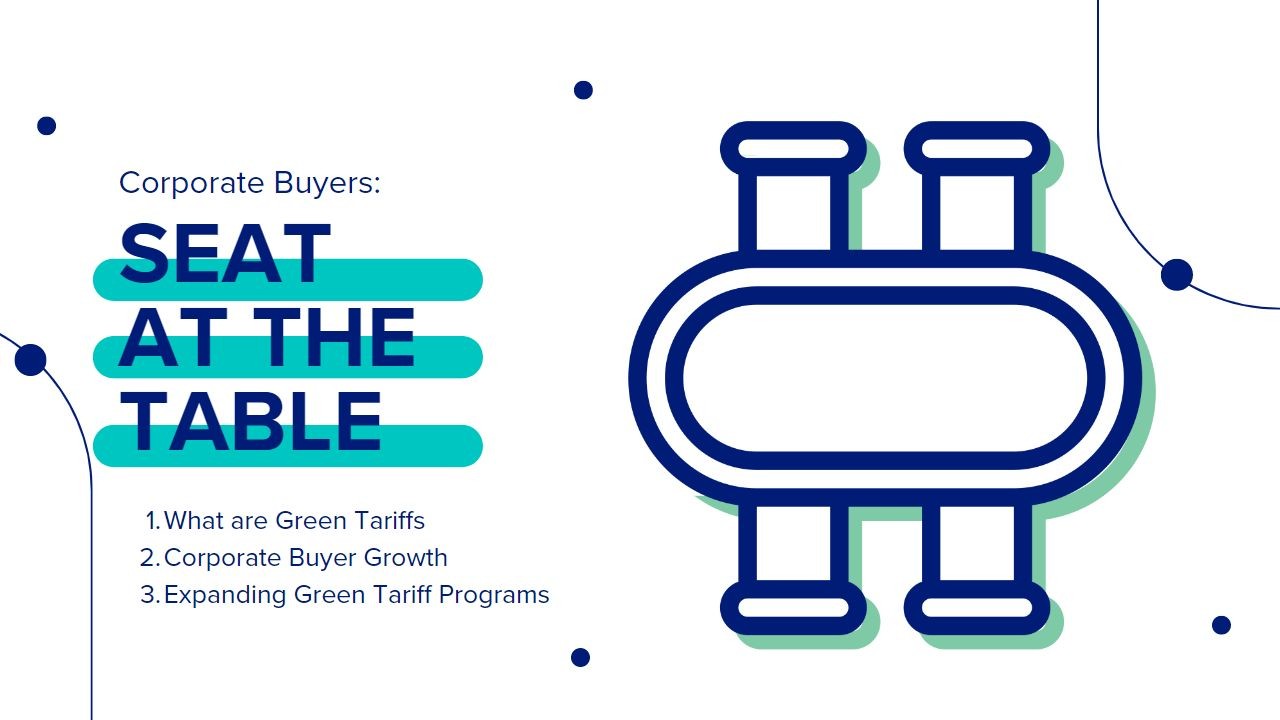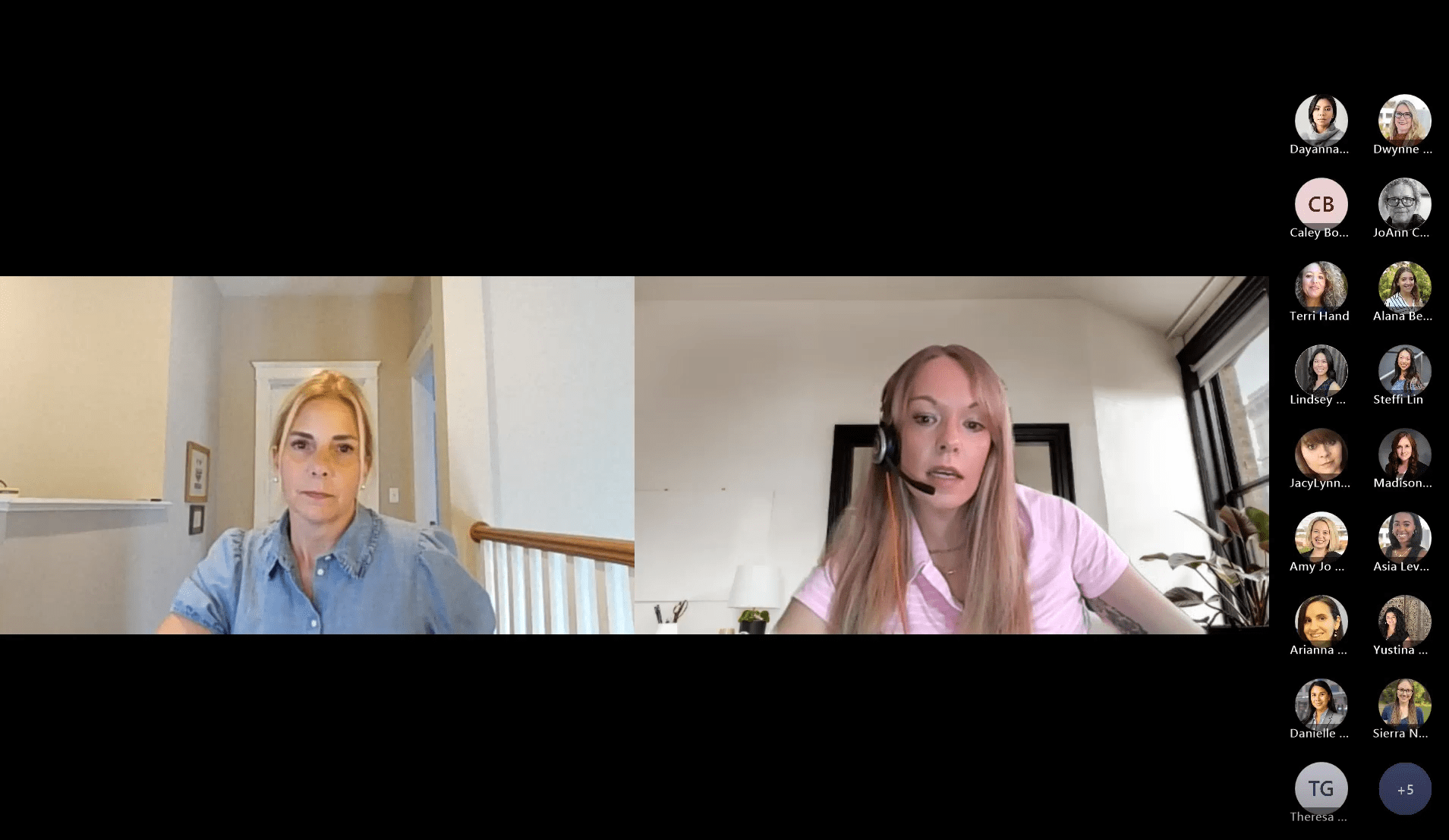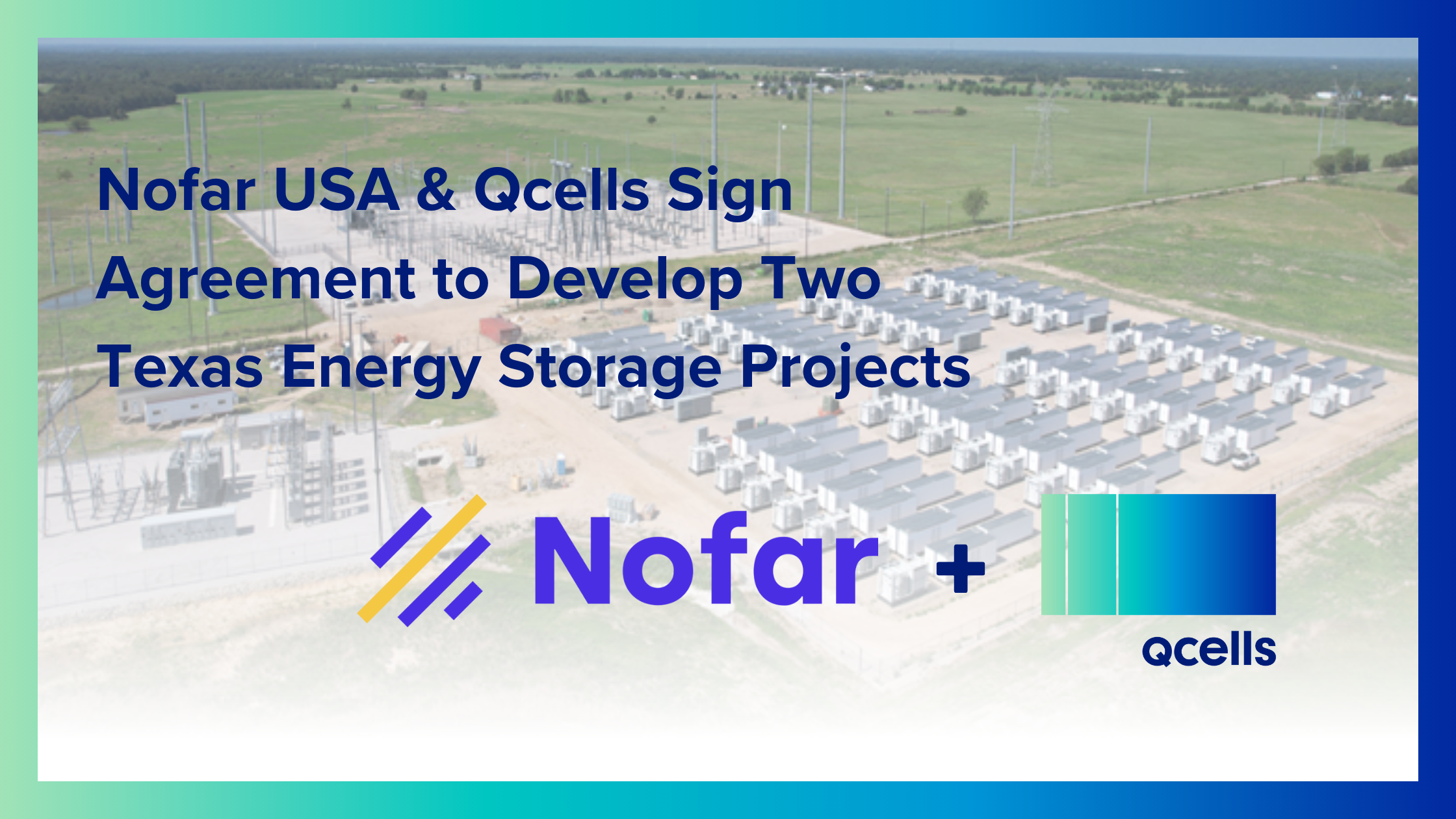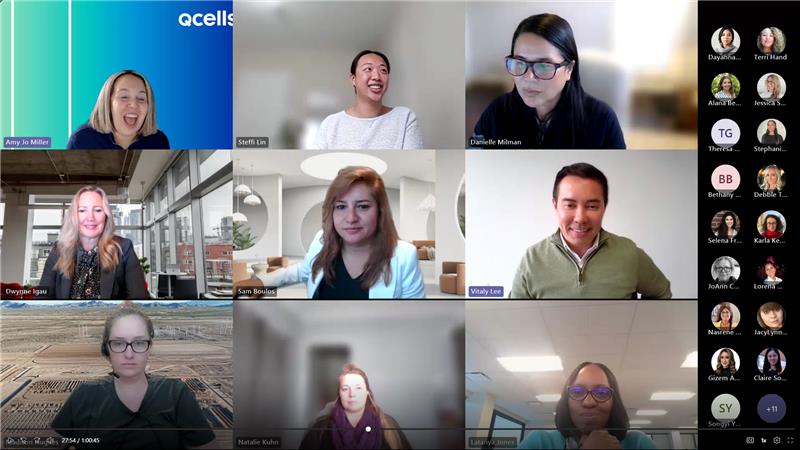I was able to broaden my horizons by attending CEBA Connect: Spring Summit in Seattle, WA 5/9-5/11. CEBA (Clean Energy Buyers Association) held a very well attended and well ran summit. This was a fantastic way to meet those transacting in 2022 where 17GWs of clean energy was procured by commercial and industrial customers.
I was encouraged by the number of corporate buyers at this Summit. It was announced at the summit that there were 38 1st time buyers in 2022; indicating a strong signal that more corporates are entering clean energy purchases. Here are the top 3 sectors:
1. Tech
2. Industrial and Manufacturing
3. Automotive
At this Summit I got a chance to learn more about green tariffs.
Green tariffs are voluntary utility programs that allow eligible customers to buy both the energy and associated renewable energy certificates (RECs) from a large-scale renewable energy project through an independent tariff or as a rider on a customer’s current electricity bill. These programs are typically offered by local electric utilities and approved by state public utility commissions (PUCs).
CEBA released the US Utility Green Tariff Report in January 2023 which explains how Green tariff programs have taken roughly three forms:
1. A sleeved power purchase agreement (PPA) model, which grants access to individual physical PPAs through the utility
2. Subscription programs, which allow multiple customers to subscribe to a portion of a large clean energy project (or projects), while the utility holds the PPA or owns the project
3. Market-based rate programs, which allow for organized wholesale market participation via the utility.
It was clear from the conference the message was customers have a huge seat at the table to change policies. It is through commitment and persistence that policies will be changed and advance clean energy goals.
Since December 2020, 16 green tariff programs have been added to the CEBA report bringing the total to 50 approved or pending green tariff programs across 40 utilities in 28 states. Qcells supports further development as well as expansion of green tariff programs across the United States so that these benefits can be realized even further for corporate buyers:
1. Predictable pricing already through their current utility bill
2. No further PPA contracts that could be longer lengths of time then the corporate buyer may want to transact or have the staff to manage these contracts
3. Corporate Buyer to not chose to meet clean energy goals through microgrids, etc.
I left this CEBA summit inspired for the energy industry. It was clear at that conference RTOs/ISOs have a step up in leading in the clean energy space. 86% of corporate buyer transactions are in RTOs (current sellers mkt in VPPAs) . I spoke with numerous corporate buyers and many are still exploring the course of action that they plant to take in the future. I am proud to be working at Qcells USA Corp. where we are developing over 10 GWs of PV+S and BESS across the country to help with customer satisfaction through lower energy costs while reducing GHG emissions. I am looking forward to seeing the developments in the clean energy procurement arena and what the future holds.
To read more blog posts from Amy Jo Miller, please see her blog here.





 USA & Canada
USA & Canada Korea
Korea Germany
Germany United Kingdom
United Kingdom France
France Italy
Italy Netherlands
Netherlands Greece
Greece Poland
Poland Portugal
Portugal Hungary
Hungary Spain
Spain Japan
Japan